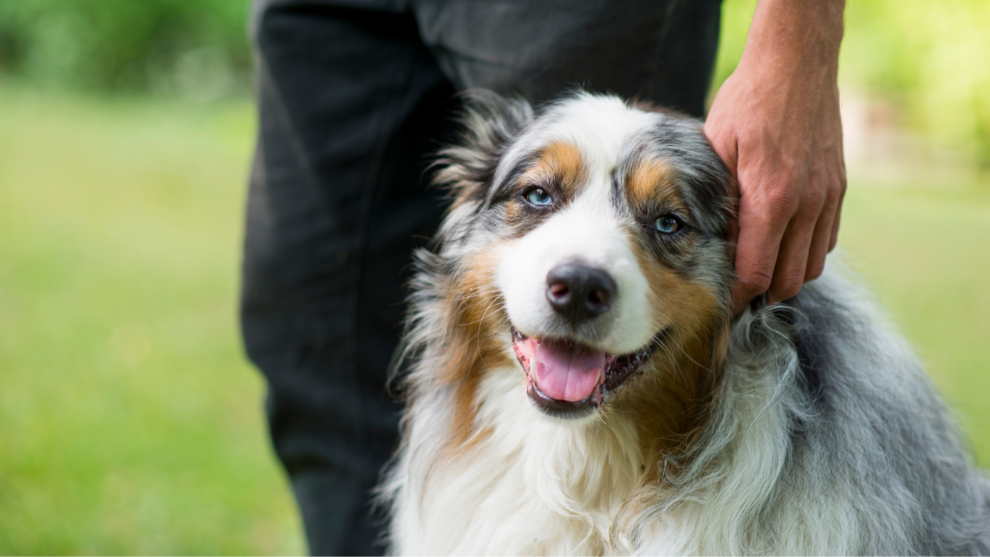Do you want your dog to listen better, learn with joy and try new things with confidence? Then positive reinforcement the key. This friendly training method works with rewards instead of punishment and makes training fun for both of you.
What is positive reinforcement?
Positive reinforcement means rewarding desired behavior so your dog shows it more often. Consider a treat, a happy voice or a pat on the head.
The dog learns, "If I do this, something nice will happen." This is how you build confidence and motivation step by step.
Why does it work so well?
- Your dog learns faster because he knows exactly what behavior is desired.
- It prevents anxiety and stress during training.
- It strengthens the bond between you and your dog - he wants to work together.
- It provides lasting results without negative experiences.
How do you apply it in practice?
- Reward good behavior immediately: timing is everything. Reward within one second so your dog understands what he did right.
- Choose the right reward: For some dogs that is food, for others a toy or your voice.
- Be consistent: always reward the same behavior so there is no confusion.
- Use short sessions: keep it fun and end on a positive note, even when things don't work out for a while.
Mistakes to avoid
Sometimes owners unconsciously give wrong signals. For example, calling your dog angrily when he doesn't come teaches him that "coming" is something negative.
Rewarding too late can also be confusing. Always try to stay calm and clear - dogs sense your energy unerringly.
A happy dog starts with confidence
Whether you are training, playing or relaxing together, every positive experience strengthens your bond.
Even a short exercise with reward can do wonders for his self-confidence.
And the best part? A dog who enjoys learning ends up listening better than ever.
Want your dog to get positive attention even when you're not around? Find the ideal dog sitter via Petbnb And be sure your dog is in good hands.








